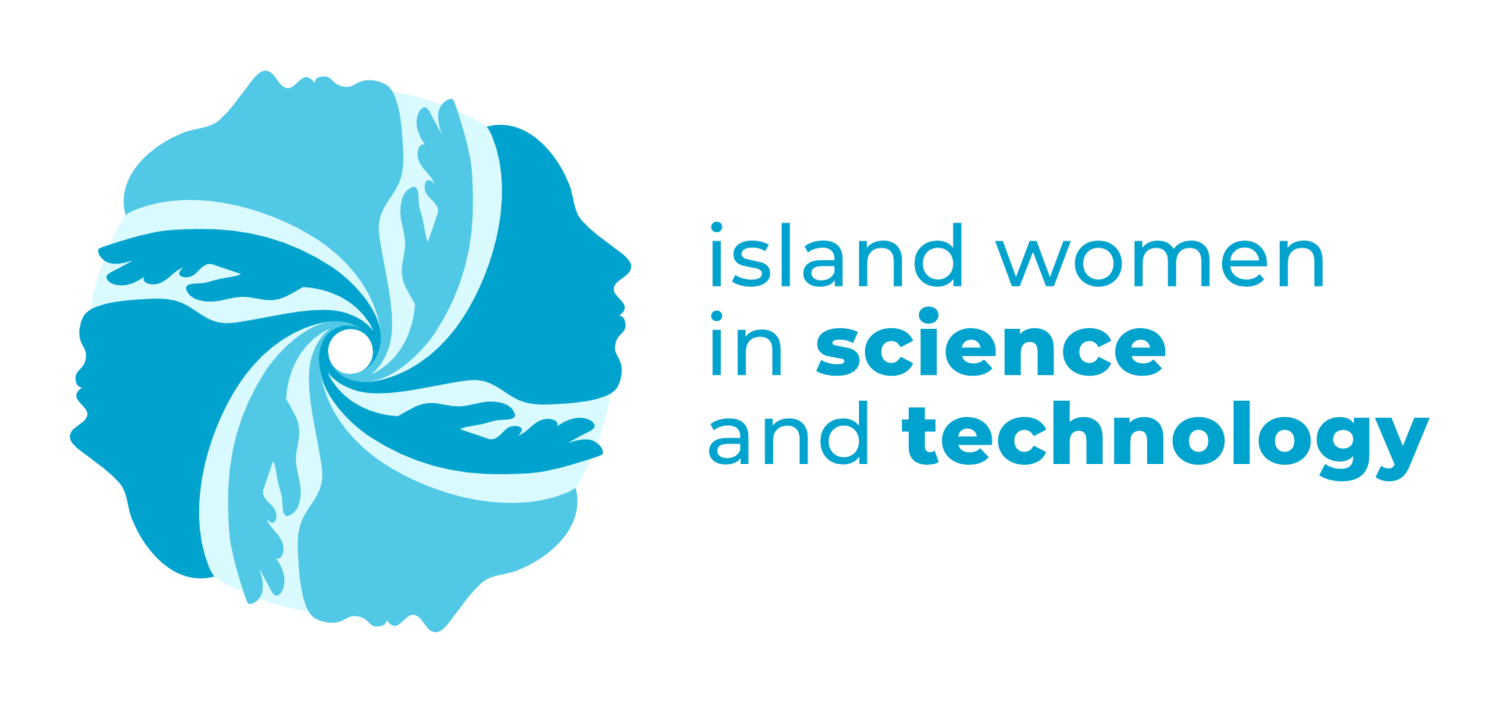AI and You – Helping You Navigate the Coming AI Revolution in Four Easy Steps by Maya Tse-Cotton
AI and You. By now, you have been inundated with good and bad press about how Artificial Intelligence (AI) will change the world of work, so how will this iWIST article tell you something you haven’t already heard? We want to focus on “AI and You”. and how our iWIST community can help you better the AI enabled world that is fast approaching.
Why AI Will Usher in a Revolution. AI recently reached another milestone as AI models are now able to train other AI models. This is just the latest in many ways it is advancing faster than anyone predicted. This will fuel a broad-based industrial revolution as AI converges with innovations in every field of science, enabling us to finally solve previously unsolvable problems, automate ever more complex processes and scale productivity gains at an exponential rate.
Sound daunting? It doesn’t have to be. Here's how you can navigate the coming revolution in four easy steps. Context is everything. Adopt these best practices.
1. Understand how AIs get built. Get a clear understanding of what AI models are and what they are not.
AI models are always built on existing data. In this way, there will always be more to learn as new, real-world contextual data emerges.
Generative AI CAN create new data and new creative works, but right now, these are often inaccurate, incorrect, and aesthetically flawed. However, these limitations are rapidly being resolved.
AIs still need humans to help navigate the dynamic changes we find in the “real world” (for now).
2. Look at AI through a capability lens. Every organization can be seen as a stack of capabilities. Now picture the world of technology as a parallel stack of capabilities. Each organization draws from the open market of tool sets to serve their customers, operate their businesses, and gain competitive advantage.
Whether you work in a huge corporation or are self-employed, it’s the same. You pair your internal capabilities with new technologies and integrate them at more or less rapid rates. But context is everything. Through a capability lens, organizational size has an inverse relationship with transformational speed and agility.
3. Contextualize how AI is impacting where YOU practice YOUR profession. Do you work as a self-employed creative? Or do you work as a contributor in a giant corporation? In your role, do you serve multiple functions, or just one? Positioning yourself and the AI tools available to you within your unique context is the key to understanding the double-edged sword of productivity gains that help you do your job or AI tools that will eliminate your job. Here’s just one example.
If you are a self-employed graphic designer, your advantage is you can generate work faster and automate the tools you need to market to your customers. Your disadvantage is your competitors can too.
Larger organizations will be slower to adopt AIs at scale within their standard operations as current generations of AI tools are still limited and flawed. However, it is only a matter of time before these limitations are overcome.
If you serve only one function within your organization, your job may be eliminated. If you serve multiple functions and improve your digital skill-set, you improve your chances of remaining relevant, longer.
4. Stay Forward-looking and Evolve Within Your Professional Context. Vigilance and adaptability will be key. Keep a keen eye on how AI is being adopted within your company, your profession and your industry. At minimum, keep up. At best, get ahead.
Accelerating AI will mean accelerating dynamic change in all industries. The good news is the advance will not be immediate or uniform across all industries or job functions. For example, AIs are already replacing workers in digital media, but in most automotive plants today, robots do 95% of welding but only 5% of assembly work. It will be several years before physical labour is fully replaced by the marriage of AI and robotics, but this too is coming.
What is certain is change will be more rapid than we have seen in past industry cycles. Do not get left behind. Join iWIST as we start up our Women Helping Women program, coming this fall.
Maya Tse-Cotton is an author and technology strategist passionate about Citizen-led Innovation. She has joined iWIST as an Advisor and looks forward to help catalyze innovation in our own community.
